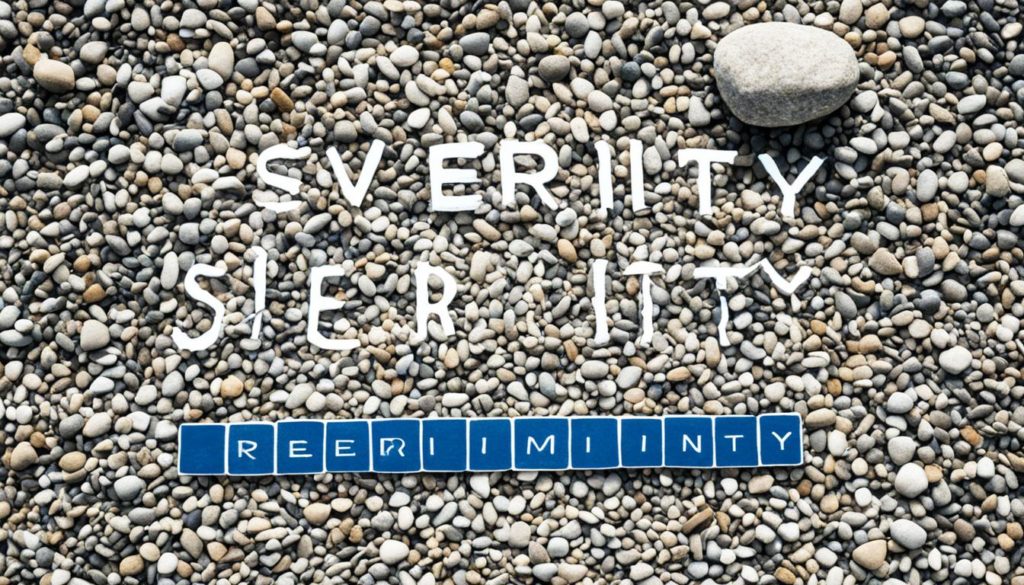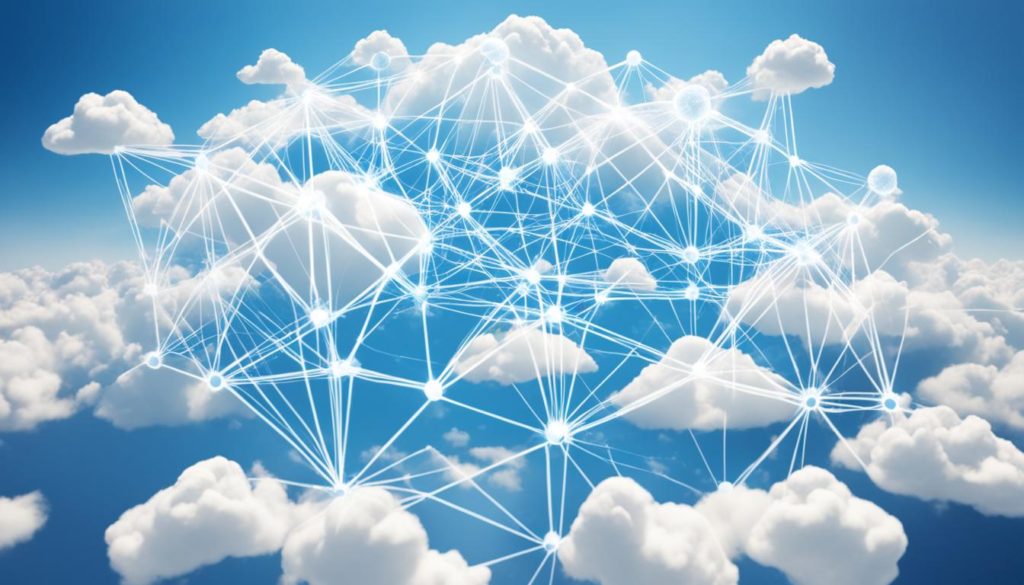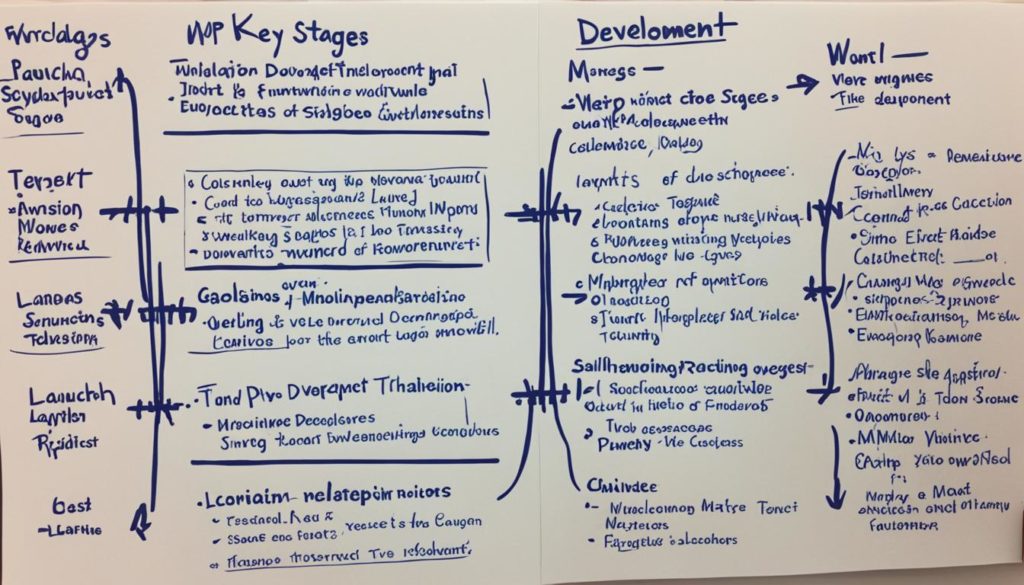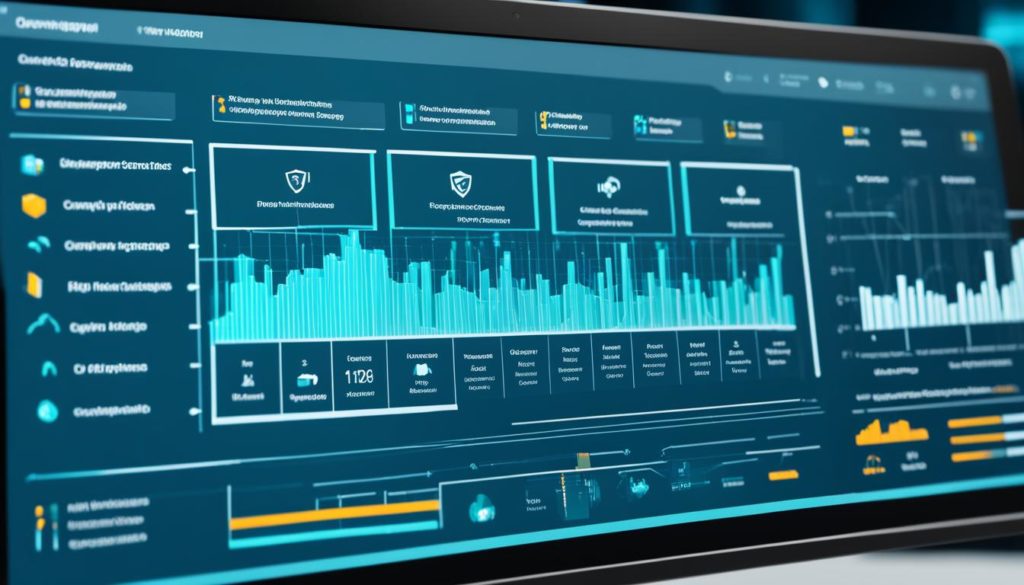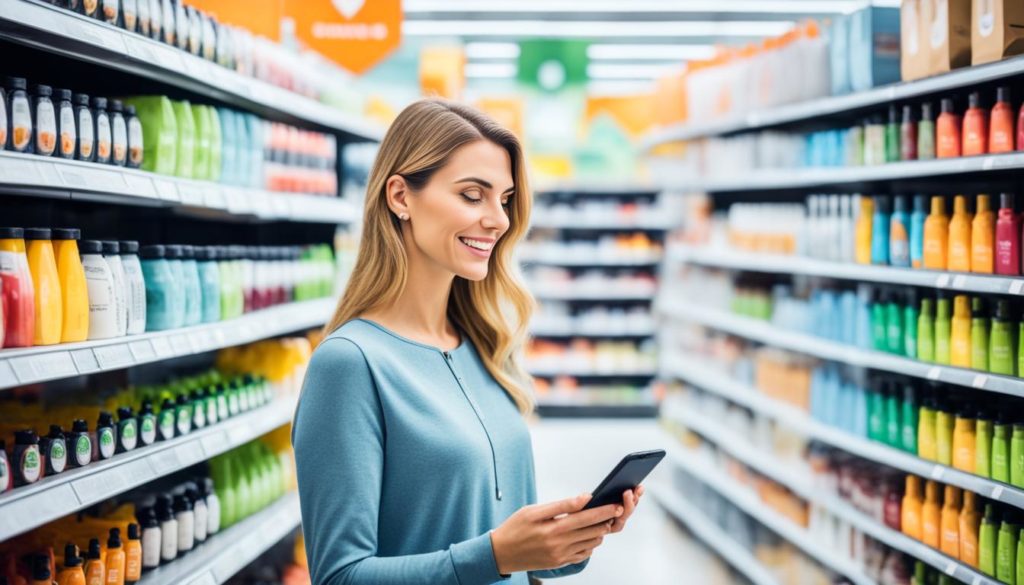
By 2025, beacon messages are expected to influence $44.4 billion in retail sales. This amazing number shows how important beacon technology has become in retail. Apple introduced this tech in 2013, changing how we shop by linking online and physical stores. By 2016, it added about $280.6 million to retail, with predictions saying it’ll jump to over $26 billion by 2026.
Bluetooth beacons send special ID numbers to apps on your phone or tablet. These small devices have a long reach, up to 70 meters, depending on things like walls and their shape. Big stores like Macy’s and Target are using this tech to send custom deals and make shopping better.
Beacon technology in retail is a cost-effective marketing tool that targets and wins customers effectively. It sends personalized messages and tweaks marketing plans using data from customers. But, for it to work best, stores need to get more people to download their apps and turn on Bluetooth.
Key Takeaways
- Beacon technology is expected to affect $44.4 billion in retail sales by 202has beenol.
- BLE beacons can communicate up to 70 meters away, significantly impacting how we engage with customers.
- Proximity marketing lets stores send relevant messages directly to customers nearby.
- Big names like Macy’s and Target are using beacons to create a more personal shopping experience.
- When using beacon technology, respecting customers’ privacy and getting their consent is crucial for staying within legal guidelines.
What is Beacon Technology?
Beacon technology is changing the game in retail. It lets businesses use proximity marketing and location-based services. By using small, wireless beacons, retailers can offer unique shopping experiences. This can help increase sales.
Understanding Beacon Technology
Beacon technology uses low-energy Bluetooth to talk to smart devices nearby. These battery-powered beacons send signals that smartphones with the right apps can detect. When someone with a smartphone walks into a store, they can get special deals or messages. This makes shopping more personal and fun.
Historical Background and Key Developments
Apple first introduced beacon technology in 2013 with iBeacon. Soon after, Google came out with Eddystone. These steps made it easier for stores to connect with customers both online and in-person.
How Beacon Technology Works
Beacons work by sending out Bluetooth signals at set times. This creates a geofence, a virtual boundary. When a phone enters this area, it triggers actions like showing deals in the retail app. This adds value to the shopping experience.
Here are the main reasons why beacon technology is a winner in retail:
| Component | Description | Benefits |
|---|---|---|
| Beacons | Small, battery-operated devices that emit Bluetooth signals. | Affordable, easy to deploy, and highly effective in enhancing customer engagement. |
| Geofencing | Defines virtual boundaries for triggering actions. | Enables precise targeting for proximity marketing campaigns. |
| Retail Apps | Applications that receive and process beacon signals. | Facilitates personalized notifications and location-based services. |
By using beacons, geofencing, and retail apps together, stores can create engaging and interactive experiences. This not only attracts customers but also keeps them coming back.
The Benefits of Beacon Technology in Retail
Beacon technology is changing retail in big ways. It offers customized advertising experiences and collects valuable customer data. It also increases how much people use mobile apps.
Advertising and Promotions
One of the key beacon technology benefits is changing how retail advertising works. Target uses beacons to guide shoppers and show them special deals. This means promotions are more relevant and improve shopping. For additional insights, check out this beacon technology for retail article.
Personalized Shopping Experiences
Beacons improve shopping by sending customized messages and offers. Like online recommendations, they make customers feel special and understood. This helps retailers offer deals that build loyalty. Learn more from this article on personalized shopping with beacon technology.
Gathering Customer Insights
Beacons help gather customer behavior insights by tracking how customers shop. This data is valuable for improving services. Hillshire Farms saw profits increase twentyfold with beacon messages. Such insights enable smarter decisions for a better shopping experience.
Increasing Mobile App Engagement
Beacons boost mobile app engagement by sending notifications that keep users interested. They help apps become more useful. For example, Amazon Go enhances shopping with beacon technology. Beacons have a 50% open rate compared to 14% for regular notifications. For more, see this overview on boosting app engagement with beacon.
The impact of beacon technology in retail is huge. It enhances shopping, provides insights, and engages shoppers with apps. The benefits and possibilities are vast./xhtml>
Examples of Beacon Technology Applications in Retail
Beacon tech is changing how we shop. Big names like Macy’s and Target use it to make shopping better. They use bluetooth beacons for boosting customer engagement in stores and increase sales.
Beacons send out discount alerts after a shopper has been in the store for a while. This personal touch is shaping the future of shopping. It’s expected that beacon tech will grow to be worth over $26 billion by 2026.
Beacons also track which parts of the store people visit the most. This helps stores arrange their space better. By doing this, shopping becomes more efficient and fun.
These devices also make paying with your phone easier. Stores like Amazon Go let people check out by themselves using beacons. This method speeds up shopping and brings it into the future.
Beacons are great for proximity marketing, getting more people to visit stores. For example, Walgreens uses them to send out specials to loyalty program members. Urban Outfitters goes further, using beacons to encourage social media check-ins and sharing.
Beacon tech isn’t just for retail. It’s used in healthcare, travel, and more. This shows how versatile and useful beacons can be in improving services across different fields.
In 2016, beacon tech was valued at $280.6 million in retail. Today, it’s a key tool for many stores in North America. With continued growth expected, beacon tech will keep changing how businesses interact with customers.
Here are some examples of beacon technology in action:
| Retailer | Application | Outcome |
|---|---|---|
| Target | In-store navigation, discount alerts | Improved customer satisfaction |
| Urban Outfitters | Mobile-first loyalty program | Increased social media check-ins |
| Amazon Go | Mobile self-checkout | Frictionless shopping experience |
| Walgreens | Mobile coupons and promotions | Higher customer engagement |
| K-supermarket | Targeted messaging | 25% of targeted shoppers purchased |
Beacon tech offers personalized and timely communication. This technology’s future is bright as it continues to grow in retail and other sectors.
Challenges and Considerations for Implementing Beacons
Integrating beacons into stores offers many benefits but has its challenges. These challenges include technical limits and worries about privacy. They are important for businesses to think about for beacon tech to work well.
Device Limitations
One big problem with bluetooth beacons is not all phones work with them. Plus, not all customers have their Bluetooth on. Stores need to think about this to make sure they can reach most of their customers.
Implementation and Maintenance Costs
Cost is a big thing to think about with beacon tech. There’s the price of buying the hardware and the money needed to keep everything running. This means stores need to figure out if beacons are worth the investment.
Customer Opt-in Requirements
Customers have to agree to get messages from beacons. They need the right apps and permissions set up on their phones. Getting customers to sign up can be hard but is necessary for success.
Privacy Concerns
Keeping customer data safe is very important. With laws like GDPR, stores must be clear about how they use customer data. It’s key to keep customer trust while using beacon tech.
FAQ
What is beacon technology?
Beacon technology involves small devices that send Bluetooth signals to nearby smart devices. They’re mainly used for proximity marketing. This lets retailers send promotions and improve shopping experiences in-store.
How did beacon technology originate?
Introduced by Apple in 2013, beacon technology sparked innovation in retail. It began with Apple’s iBeacon and was followed by Google’s Eddystone. These technologies have transformed location-based services and proximity marketing.
How does beacon technology work?
Beacons send out Bluetooth signals seen by smartphones with specific retail apps. If a customer comes close to a beacon, the app shows notifications and promotions. This makes shopping more interesting.
What are the benefits of beacon technology in retail?
Beacons improve advertising, offer personalized shopping, and collect customer data. They help connect online and offline shopping. This leads to better sales and loyalty from customers.
How can beacons be used for advertising and promotions?
Retailers can send messages and promotions based on where customers are in the store. For example, customers can get discounts or news on products near them.
How do beacons enhance personalized shopping experiences?
Beacons help retailers give customers personal recommendations and offers. By understanding shopper behavior, stores can create special deals that fit what individual customers like, similar to online shopping.
In what ways can beacon technology gather customer insights?
Using beacon data, stores can learn how customers move and what they’re interested in. This info is useful for arranging the store better and placing items where they’ll get more attention.
How does beacon technology increase mobile app engagement?
With beacons, retail apps become more engaging by sending users notifications. This keeps customers connected with the app, building a stronger relationship and more frequent use.
Can you provide examples of beacon technology applications in retail?
Big names like Macy’s and Target use beacon tech for guiding customers in stores, giving instant offers, and boosting loyalty programs with social check-ins.
What are some challenges in implementing beacon technology?
Adding beacon tech has its hurdles, including device limits, costs, getting customers to accept notifications, and privacy issues, all needing careful consideration.
Future App Studios is an award-winning software development & outsourcing company. Our team of experts is ready to craft the solution your company needs.




